Home>Garden Essentials>How Many Seeds Are In A Pumpkin
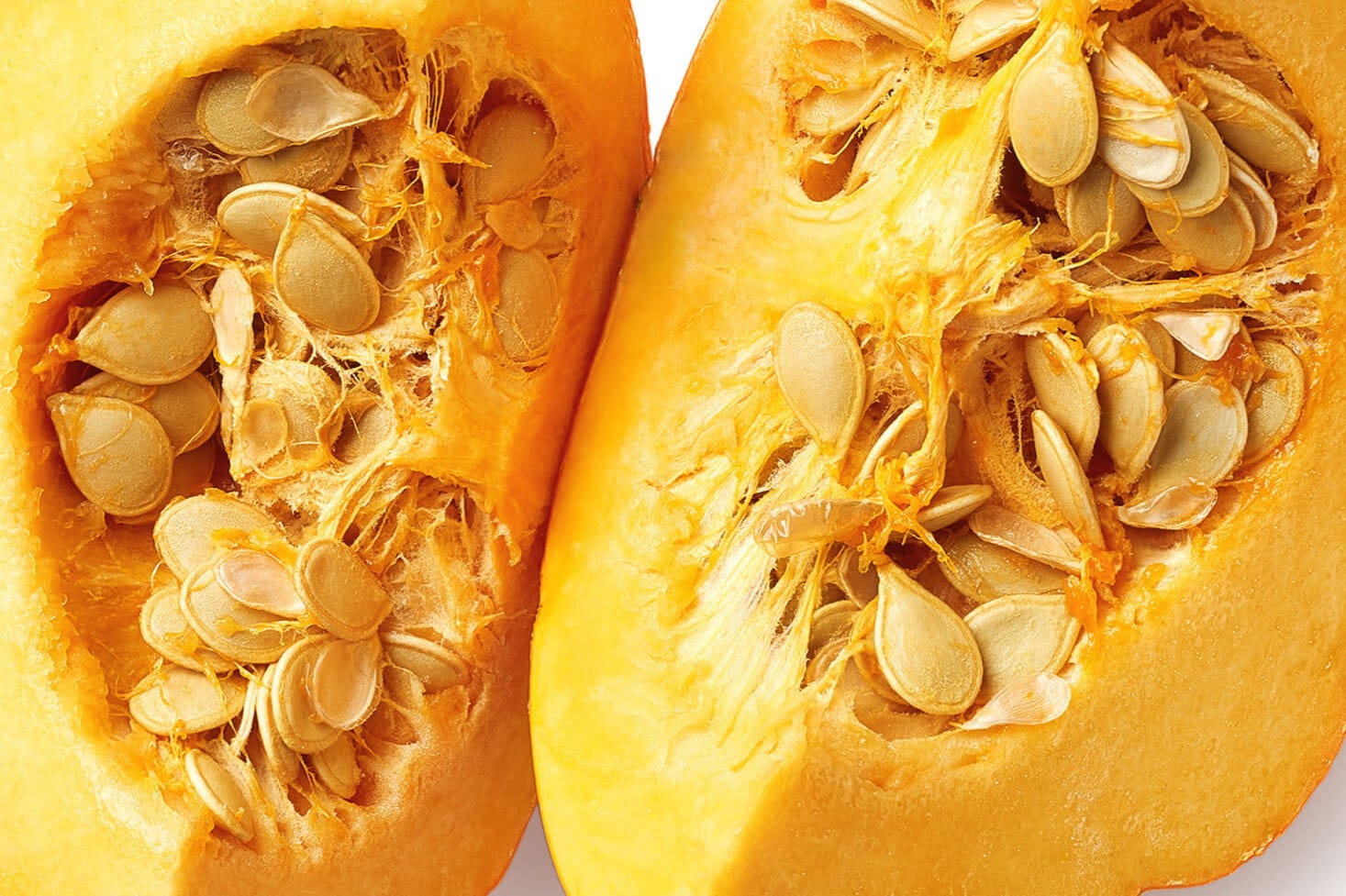

Garden Essentials
How Many Seeds Are In A Pumpkin
Modified: April 22, 2024
Discover the answer to how many seeds are in a pumpkin in your garden. Unlock the secrets of the pumpkin seed count and start growing your own pumpkins today!
(Many of the links in this article redirect to a specific reviewed product. Your purchase of these products through affiliate links helps to generate commission for Storables.com, at no extra cost. Learn more)
Introduction
When you think about pumpkins, you may envision carving jack-o’-lanterns or indulging in pumpkin spice lattes. But have you ever wondered how many seeds are contained within these iconic gourds? Pumpkins are not only flavorful and versatile, but they also provide a bountiful harvest of seeds.
In this article, we will delve into the fascinating world of pumpkin seeds. We will explore the anatomy of a pumpkin, discuss the structure of its seeds, and uncover the factors that affect the number of seeds found in each pumpkin. Additionally, we will discover the average number of seeds in different pumpkin varieties and explore various methods for counting pumpkin seeds. Finally, we will highlight the importance of pumpkin seeds in our lives.
Whether you’re a gardening enthusiast, a pumpkin connoisseur, or simply curious about nature’s wonders, this article will give you a deeper understanding of the intriguing world that lies within a pumpkin.
Key Takeaways:
- Pumpkins come in various sizes and shapes, and the number of seeds they contain can vary. Factors like variety, pollination, and growing conditions affect the seed count.
- Pumpkin seeds, or pepitas, offer numerous health benefits, from heart health to improved sleep. They also add flavor to dishes and contribute to environmental sustainability.
Read more: How Many Calories Are Pumpkin Seeds
The Anatomy of a Pumpkin
Before we explore the number of seeds in a pumpkin, let’s take a closer look at its anatomy. A pumpkin consists of several components that work together to create its unique structure and vibrant colors.
The outermost layer of a pumpkin is the skin, also known as the rind. It can vary in color, ranging from deep orange to pale yellow or even green, depending on the variety. The skin acts as a protective barrier, shielding the flesh and seeds within.
Beneath the skin lies the flesh of the pumpkin, which is the soft and pulpy interior. The flesh is rich in nutrients and is commonly used in various culinary preparations such as pies, soups, and roasted dishes. Its vibrant orange color is attributed to the presence of carotenoids, which are natural pigments found in many fruits and vegetables.
At the center of the pumpkin lies the cavity, also known as the seed cavity or seed bed. This hollow space is where the seeds are located. The size and shape of the cavity can vary depending on the pumpkin variety. Some pumpkins have a large, spacious cavity, while others may have a smaller, more compact one.
It’s important to note that not all pumpkins are created equal when it comes to seed production. Some pumpkin varieties are bred specifically for their seed count, while others focus more on size, shape, or flavor. This variability in seed production makes each pumpkin unique in terms of the number of seeds it contains.
Now that we have a basic understanding of the anatomy of a pumpkin, let’s dive deeper into the fascinating structure of its seeds.
The Seed Structure
Pumpkin seeds, also known as pepitas, have a unique structure that plays a critical role in their development and dispersal. Each seed is enclosed within a protective outer shell, known as the seed coat. This coat serves as a barrier, safeguarding the delicate embryo and endosperm inside.
The seed coat of a pumpkin seed is usually flat and oval-shaped. It has a smooth outer texture but may also be ribbed or ridged, depending on the pumpkin variety. The color of the seed coat can range from cream to dark brown or even black.
Inside the seed coat, we find the three primary parts of the seed: the embryo, endosperm, and cotyledons. The embryo is the living portion of the seed, containing the genetic material needed for the formation of a new plant. The endosperm provides a source of nutrients for the developing plant, supplying energy and essential elements until the plant can establish its own roots. The cotyledons, also known as seed leaves, are the first leaves that emerge after germination. They absorb nutrients from the endosperm and provide nourishment to the growing seedling.
Pumpkin seeds are unique in that they are dicotyledonous. This means that each seed contains two cotyledons, which are distinctive in shape and serve different purposes. The first cotyledon, known as the embryonic leaf, remains small and is often absorbed by the seedling shortly after germination. The second cotyledon serves as the primary energy reserve, providing nutrients to the developing seedling until it can establish a functional root system.
Understanding the structure of pumpkin seeds allows us to appreciate the intricate design that nature has bestowed upon them. Each seed is a compact and self-contained entity, ready to germinate and give life to a new pumpkin plant.
Now that we have explored the structure of pumpkin seeds, let’s delve into the various factors that can influence the number of seeds found in a pumpkin.
Factors Affecting Seed Count
The number of seeds found in a pumpkin can vary significantly depending on several factors. Understanding these factors can help us understand why some pumpkins have more seeds than others.
Pumpkin Variety: Different pumpkin varieties have varying seed counts. Some varieties are specifically bred to produce a larger number of seeds, while others may prioritize other characteristics such as size or flavor. It’s not uncommon to find heirloom or specialty varieties that boast higher seed counts than more common varieties found in grocery stores.
Pollination: Successful pollination plays a crucial role in seed development. Pumpkins rely on bees and other pollinators to transfer pollen from the male flowers to the female flowers. If pollination is inadequate or fails to occur, the number of seeds in the pumpkin may be lower. Additionally, improper pollination can result in misshapen or underdeveloped seeds.
Fruit Size: In general, larger pumpkins tend to have a higher seed count compared to smaller ones. This is because more space is available within the pumpkin for seed development. However, there can be exceptions to this rule depending on the specific variety and growing conditions.
Growing Conditions: The environment in which a pumpkin grows can have a significant impact on seed development. Factors such as temperature, humidity, nutrient availability, and water supply can affect the overall health and vigor of the plant and, consequently, the seed production. Optimal growing conditions can result in larger and more abundant seeds.
Pollination Timing: The timing of pollination can also affect the seed count. If pollination occurs earlier in the growing season when the pumpkin is smaller, there may be fewer seeds present. On the other hand, if pollination occurs later in the season when the pumpkin has reached its maximum size, there may be more seeds.
Overall, it’s essential to consider these factors when evaluating the seed count of a pumpkin. While some factors may be beyond our control, proper cultivation practices and providing optimal growing conditions can help maximize the seed production of pumpkins.
Next, let’s explore the average number of seeds found in different pumpkin varieties.
When estimating the number of seeds in a pumpkin, you can cut it open and count the seeds in one section. Then, multiply that number by the total number of sections to get an estimate.
Average Number of Seeds in Different Pumpkin Varieties
Pumpkins come in a wide range of varieties, each with its unique characteristics, including seed count. While there is significant variability among pumpkin varieties, we can identify some general trends when it comes to the average number of seeds in different types of pumpkins.
Large Carving Pumpkins: The classic large carving pumpkins, also known as jack-o’-lantern pumpkins, are typically the most recognizable variety. These pumpkins can grow to substantial sizes, weighing anywhere from 15 to 40 pounds or more. Due to their larger size, they tend to have a higher seed count, usually ranging from 500 to 700 seeds per pumpkin.
Medium-Sized Pumpkins: Medium-sized pumpkins, also known as pie pumpkins or sugar pumpkins, are smaller in size compared to the carving pumpkins. They are generally more popular for culinary purposes, particularly for making pies and other baked goods. These pumpkins usually have a moderate seed count, ranging from 200 to 400 seeds per fruit.
Miniature Pumpkins: Miniature pumpkins, also known as decorative or ornamental pumpkins, are much smaller in size compared to the other varieties. These petite pumpkins are often used for decoration and crafting. Due to their diminutive size, they have a lower seed count, typically ranging from 50 to 100 seeds per pumpkin.
Heirloom and Specialty Varieties: Heirloom and specialty pumpkin varieties offer a plethora of options with unique flavors, colors, and shapes. The seed count in these varieties can vary widely. Some heirloom varieties may have a similar seed count to large carving pumpkins, while others may have fewer seeds.
It’s important to note that these average seed counts are meant to provide a general idea but may vary within specific cultivars and growing conditions. Additionally, factors such as pollination success, fruit size, and growing environment can influence the seed count even within the same variety.
Now that we have explored the typical seed counts in different pumpkin varieties, let’s move on to discuss methods for counting pumpkin seeds.
Read more: How Many Pumpkin Seeds To Eat Daily
Methods to Count Pumpkin Seeds
Counting pumpkin seeds can be a fun and engaging activity, especially for gardeners, educators, or anyone curious about the inner workings of these fascinating gourds. While it may seem like a challenging task, there are several methods you can use to estimate the number of seeds in a pumpkin.
Method 1: Visual Estimation
One simple method is to visually estimate the number of seeds by observing the seed cavity. Carefully cut open the pumpkin and take a look inside. Use your eyes to estimate the number of seeds based on the density of seeds within the cavity. Keep in mind that this method provides only a rough estimate and may not be entirely accurate.
Method 2: Seed Removal and Counting
If you prefer a more precise count, you can manually remove the seeds from the pumpkin and count them individually. Scoop out the seeds from the cavity using a spoon or your hands. Place the extracted seeds into a bowl or container and tally the number as you go. This method requires patience and time, particularly with larger pumpkins that contain a higher seed count.
Method 3: Seed Weight and Estimation
Another approach is to estimate the number of seeds based on their weight. First, weigh a sample of seeds using a kitchen scale. Count the number of seeds in the sample and record their total weight. Then, weigh the entire batch of seeds and use simple arithmetic to estimate the number of seeds based on the weight ratio.
Method 4: Dissection and Exploration
For those interested in a more hands-on approach, you can dissect the pumpkin and explore its seed structure. Carefully cut the pumpkin open and separate the seed cavity from the flesh. By examining the growth patterns and arrangements of seeds, you can gain valuable insights into their distribution and organization.
Remember that the accuracy of these counting methods can vary, and the seed count within a pumpkin may differ based on its size, variety, and growing conditions. The primary goal is to engage in a fun and educational activity while gaining a greater appreciation for the abundance of nature within a single pumpkin.
Now that we have explored various methods for counting pumpkin seeds, let’s uncover the importance of these seeds in our lives.
The Importance of Pumpkin Seeds
Pumpkin seeds, often referred to as pepitas, are not only a delicious snack but also offer various health benefits and serve multiple purposes. These tiny seeds pack a nutritional punch and have been valued for their medicinal and culinary uses for centuries.
Nutritional Powerhouse: Pumpkin seeds are rich in essential nutrients, including protein, healthy fats, fiber, vitamins, and minerals. They are particularly high in magnesium, iron, zinc, and potassium, which are vital for maintaining optimal health. These seeds also contain antioxidants that help protect the body from harmful free radicals.
Heart Health: The high levels of magnesium and potassium found in pumpkin seeds contribute to heart health. These minerals help regulate blood pressure and support proper heart function. Additionally, the seeds’ high fiber content can aid in lowering cholesterol levels, further promoting cardiovascular health.
Immune System Support: Pumpkin seeds contain a range of vitamins and minerals that support a robust immune system. The zinc content, in particular, plays a crucial role in strengthening the immune response and promoting the production of immune cells.
Prostate Health: Pumpkin seeds have traditionally been associated with promoting prostate health in men. They are rich in phytosterols, a plant compound that may help reduce prostate enlargement and prevent prostate-related conditions. Regular consumption of pumpkin seeds has been linked to a lower risk of developing prostate issues.
Improved Sleep: Pumpkin seeds are an excellent source of tryptophan, an amino acid that promotes better sleep. Tryptophan gets converted to serotonin, a neurotransmitter that regulates mood and sleep. Consuming pumpkin seeds before bed can help improve the quality and duration of sleep.
Culinary Delights: Pumpkin seeds are not only nutritious but also add texture and flavor to various dishes. They can be enjoyed roasted, added to salads, sprinkled over cereals or yogurt, and incorporated into baked goods. The versatility of pumpkin seeds makes them a delightful addition to many culinary creations.
Cosmetic and Skin Care: The oil extracted from pumpkin seeds is used in various skincare products due to its high vitamin E and antioxidant content. Pumpkin seed oil nourishes the skin, helps retain moisture, and promotes a healthy complexion. Additionally, it can be used as a natural hair conditioner, contributing to shine and strength.
Environmental Benefits: Pumpkins themselves play a role in the environment as well. The large leaves and vines of pumpkin plants provide shade, helping conserve soil moisture and preventing excessive evaporation. The decomposition of pumpkin remains after the harvest enriches the soil, enhancing its fertility for future plant growth.
Overall, pumpkin seeds offer an array of health benefits for our bodies, add culinary flair to our meals, and contribute to environmental sustainability. With their versatility and nutritional value, it’s no wonder these little seeds are highly regarded and cherished.
As we conclude our exploration of pumpkin seeds, we hope you have gained a deeper appreciation for these remarkable seeds and the pumpkins from which they come.
Conclusion
The world of pumpkins is not only captivating but also filled with hidden wonders. From their anatomy to the structure of their seeds, pumpkins offer a fascinating glimpse into nature’s intricacies. While the number of seeds found in a pumpkin can vary based on factors such as variety, pollination, and growing conditions, each pumpkin holds the potential for an abundant seed harvest.
Counting pumpkin seeds can be a fun and educational activity, whether it’s through visual estimation, manual counting, or using weight-based calculations. Engaging in these activities allows us to connect with nature and appreciate the marvels contained within a single pumpkin.
But pumpkin seeds have significance beyond their entertaining counting process. They offer a myriad of health benefits, containing essential nutrients that support heart health, boost the immune system, and promote better sleep. Additionally, pumpkin seeds have culinary uses, adding flavor and texture to various dishes, while their oil finds application in skincare and hair care products.
Let’s not forget the environmental contributions of pumpkins. From providing shade and conserving soil moisture to enriching the soil through decomposition, pumpkins play a role in sustainability and the cycle of nature.
So, the next time you carve a pumpkin, bake a pumpkin pie, or simply enjoy the vibrant colors of these autumn gems, take a moment to appreciate the intricate world within the pumpkin. Remember the seeds that hold potential, the nutritional benefits they provide, and the joy they bring to our lives.
Whether you’re a gardener, a pumpkin enthusiast, or simply someone with a curious mind, let the humble pumpkin and its seeds inspire you to explore and marvel at the wonders of the natural world.
In conclusion, pumpkins and their seeds are not only a seasonal delight but also a testament to the beauty and abundance of nature.
Frequently Asked Questions about How Many Seeds Are In A Pumpkin
Was this page helpful?
At Storables.com, we guarantee accurate and reliable information. Our content, validated by Expert Board Contributors, is crafted following stringent Editorial Policies. We're committed to providing you with well-researched, expert-backed insights for all your informational needs.
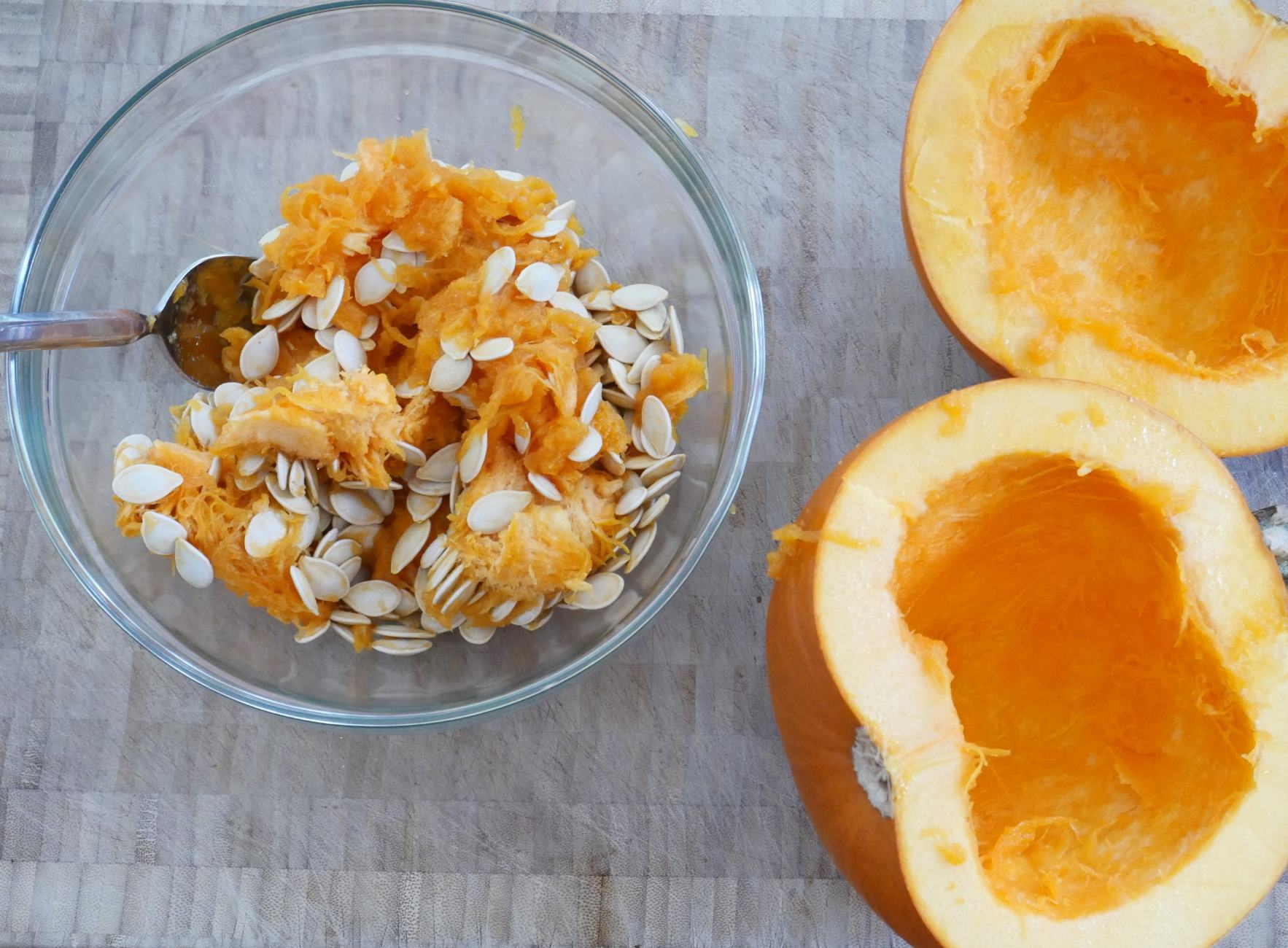
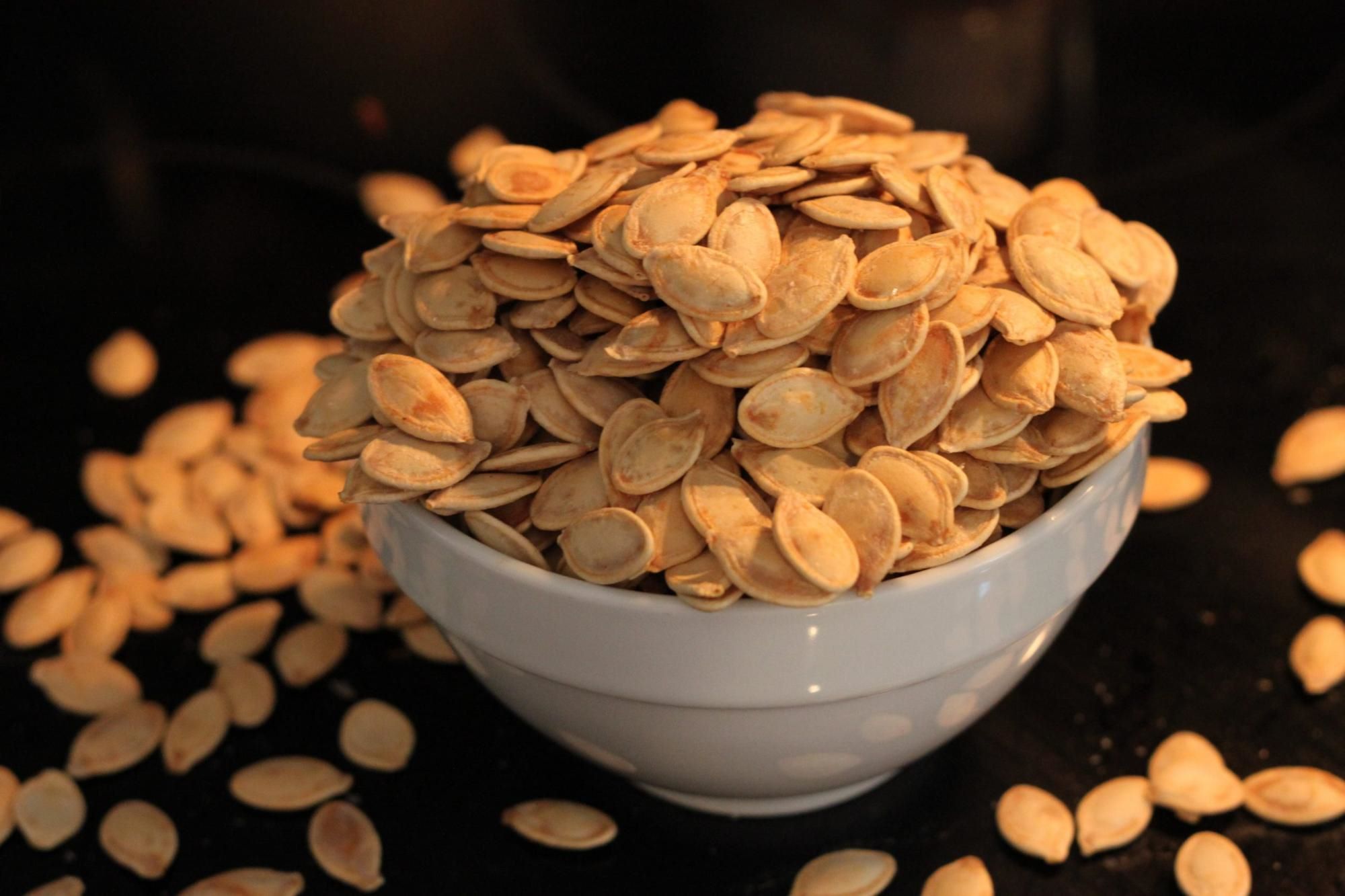
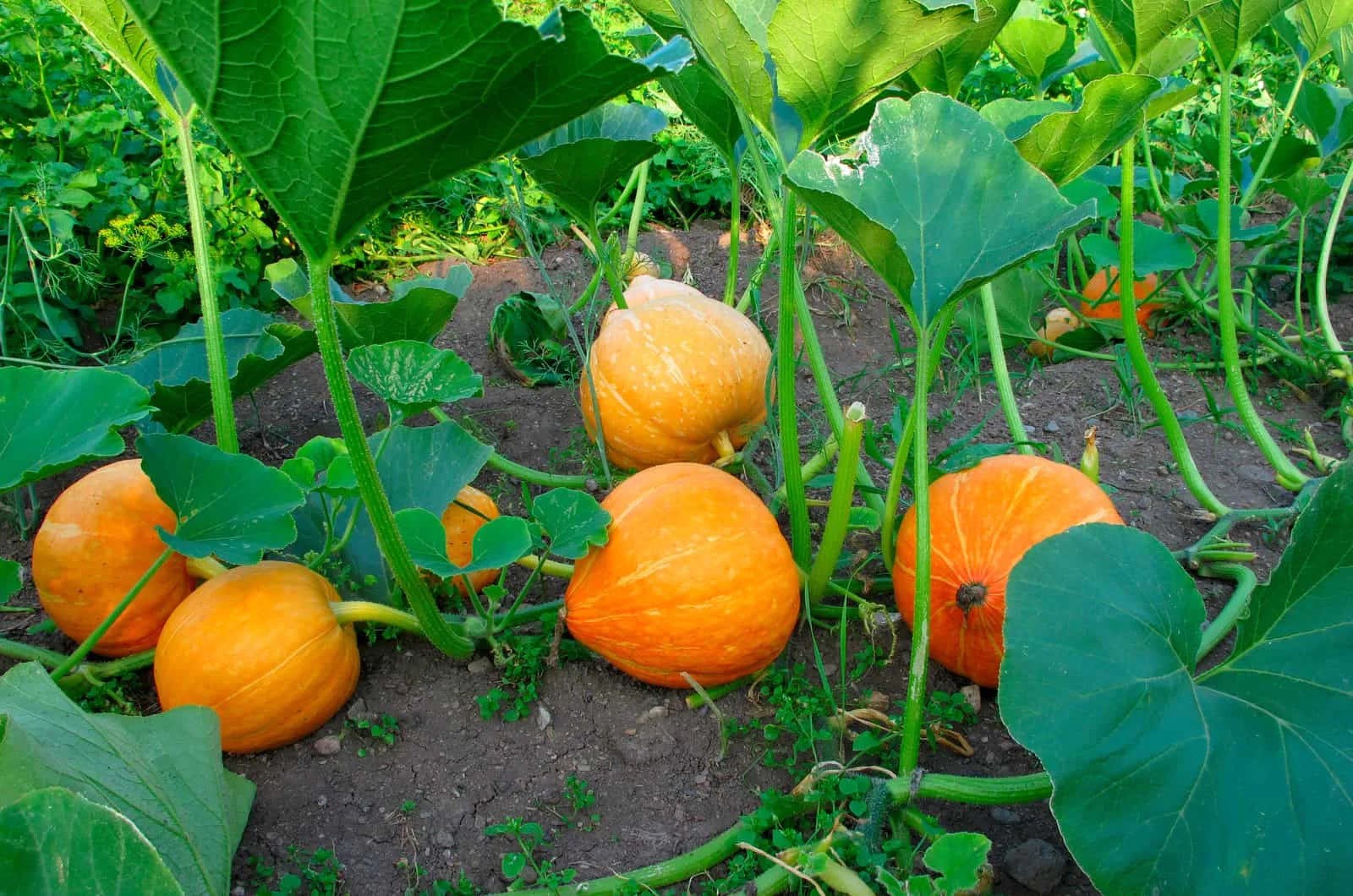
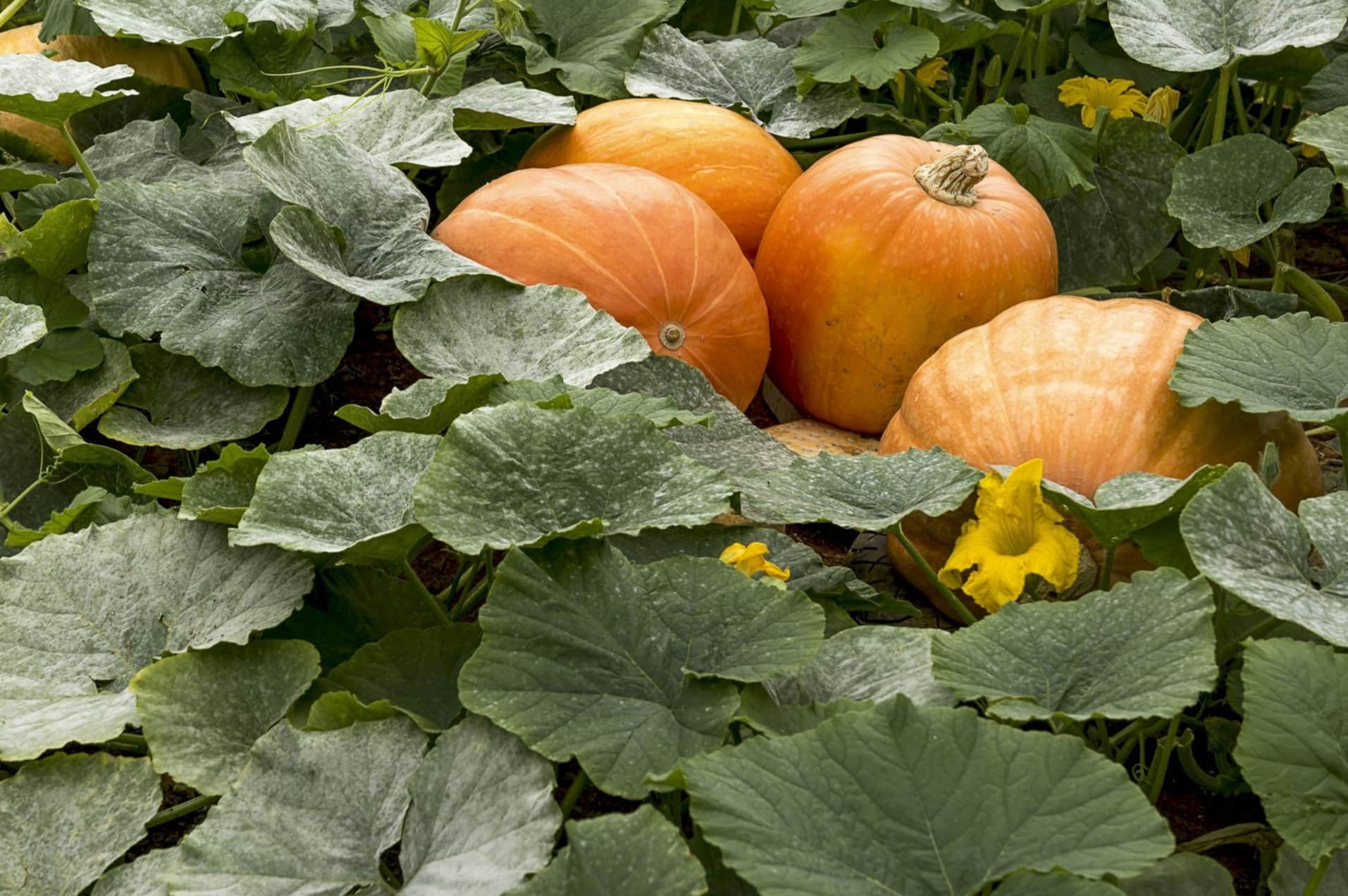
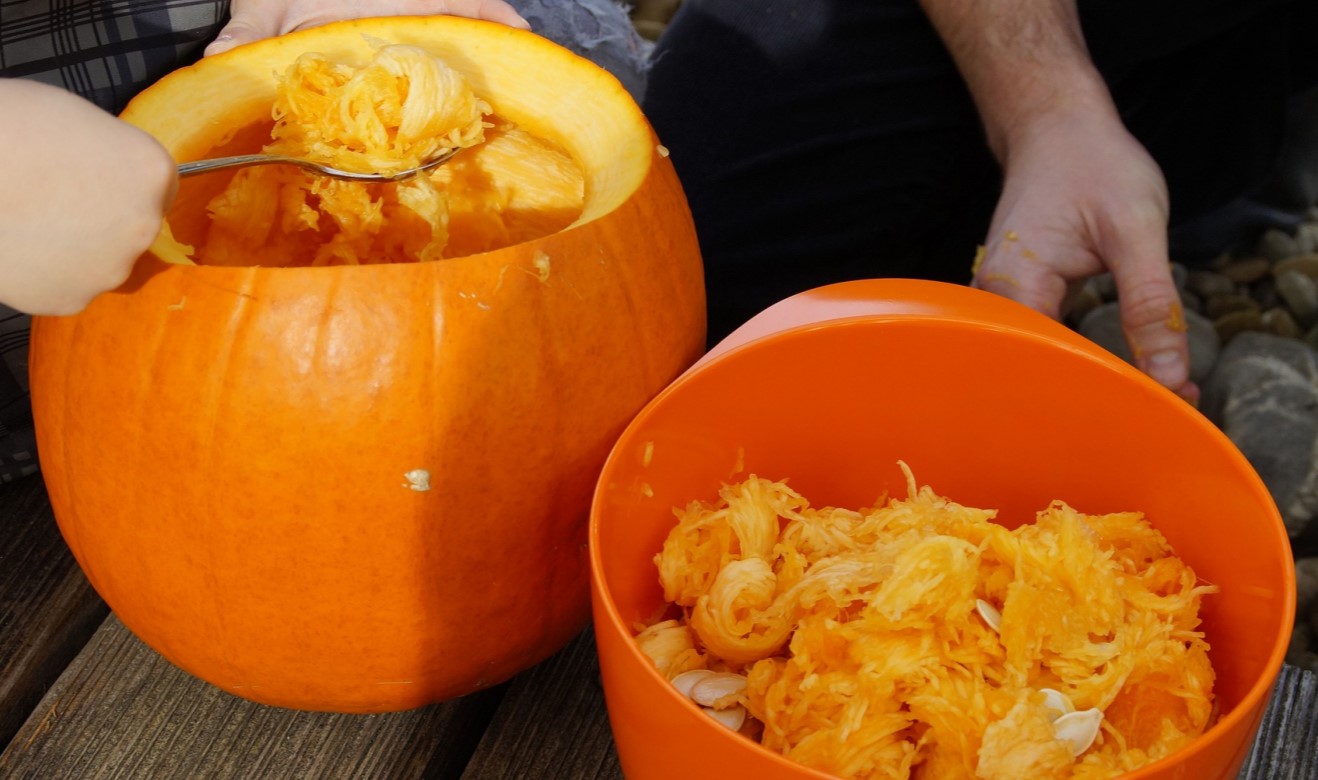
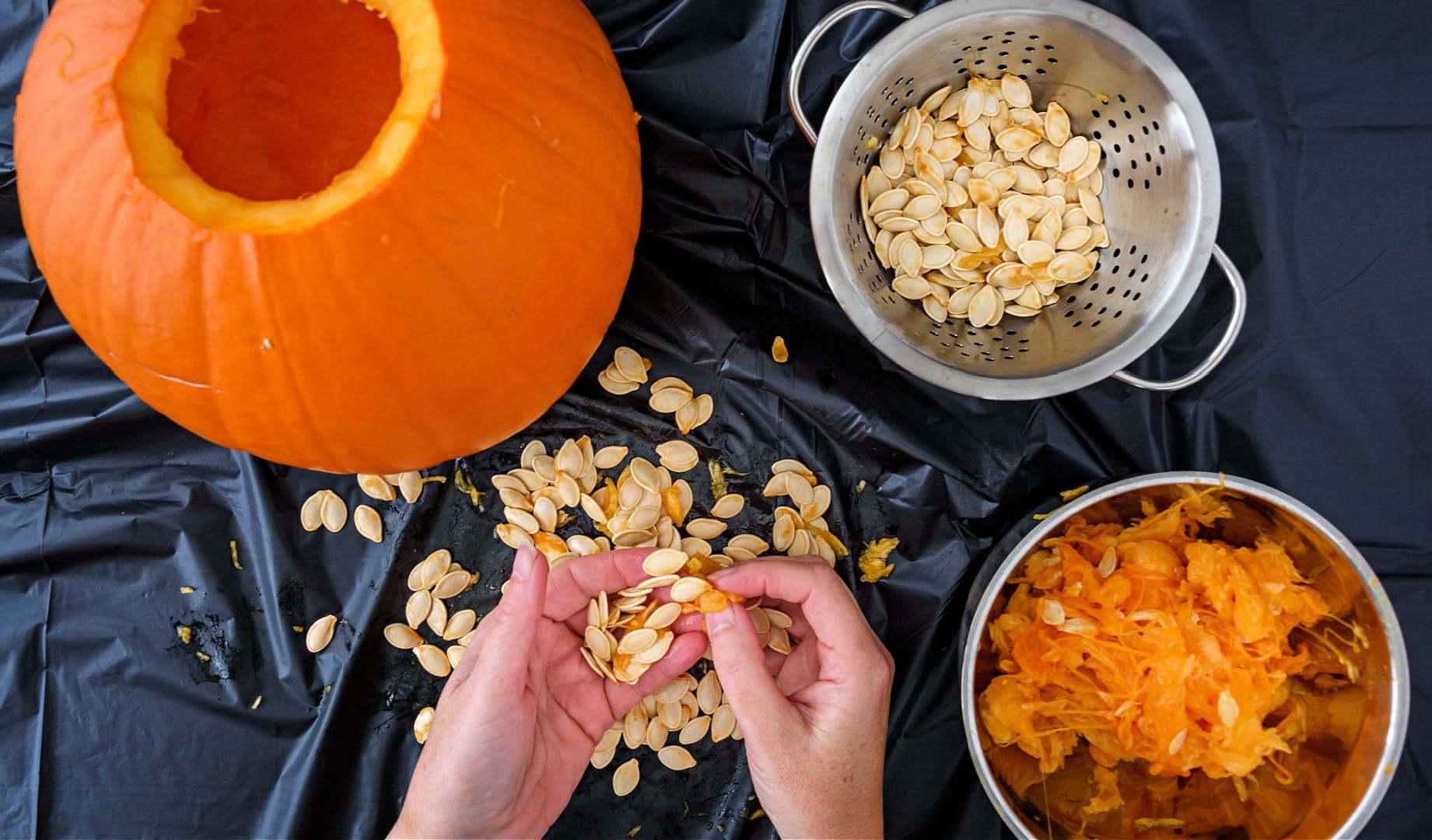
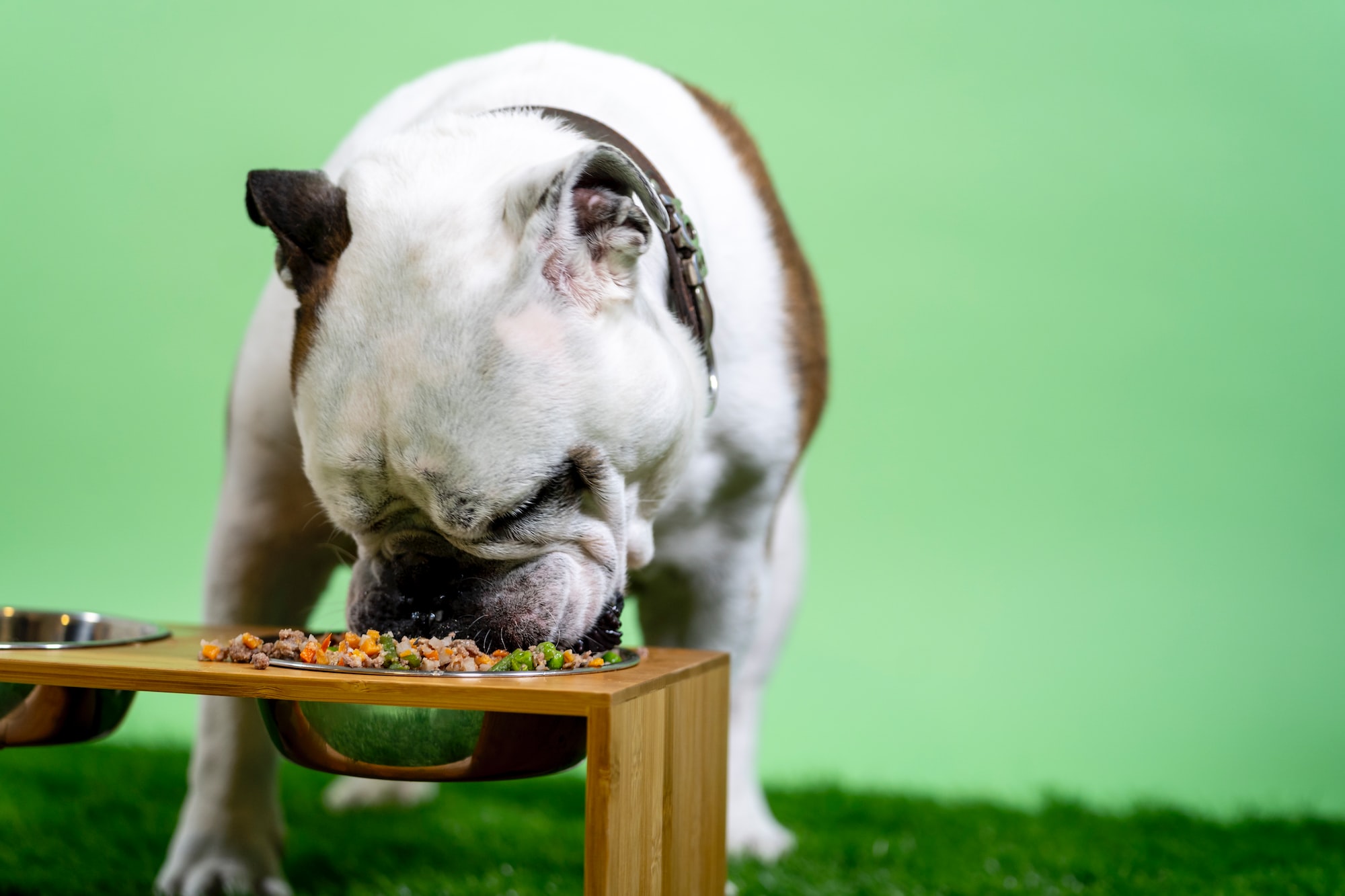
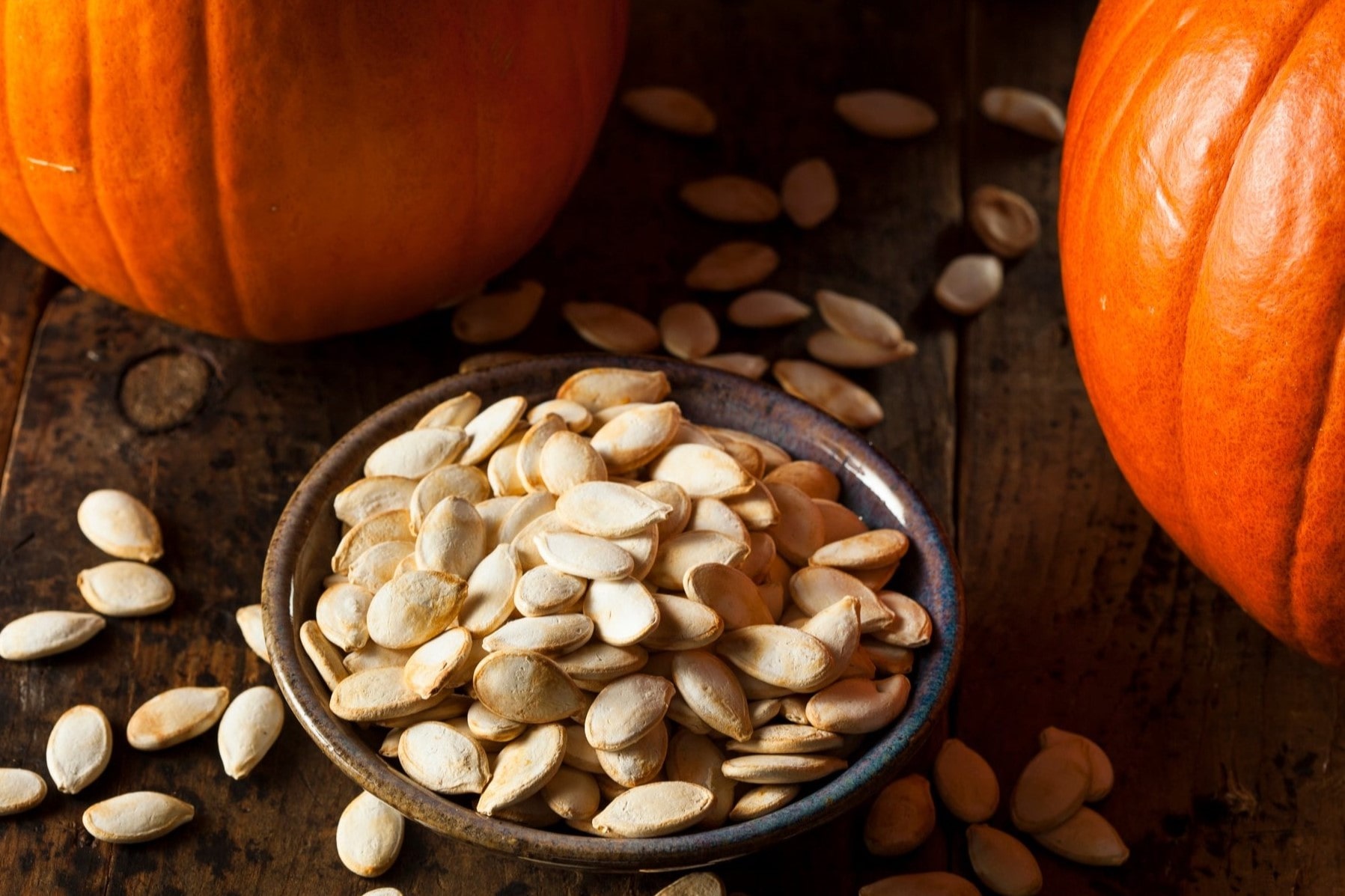
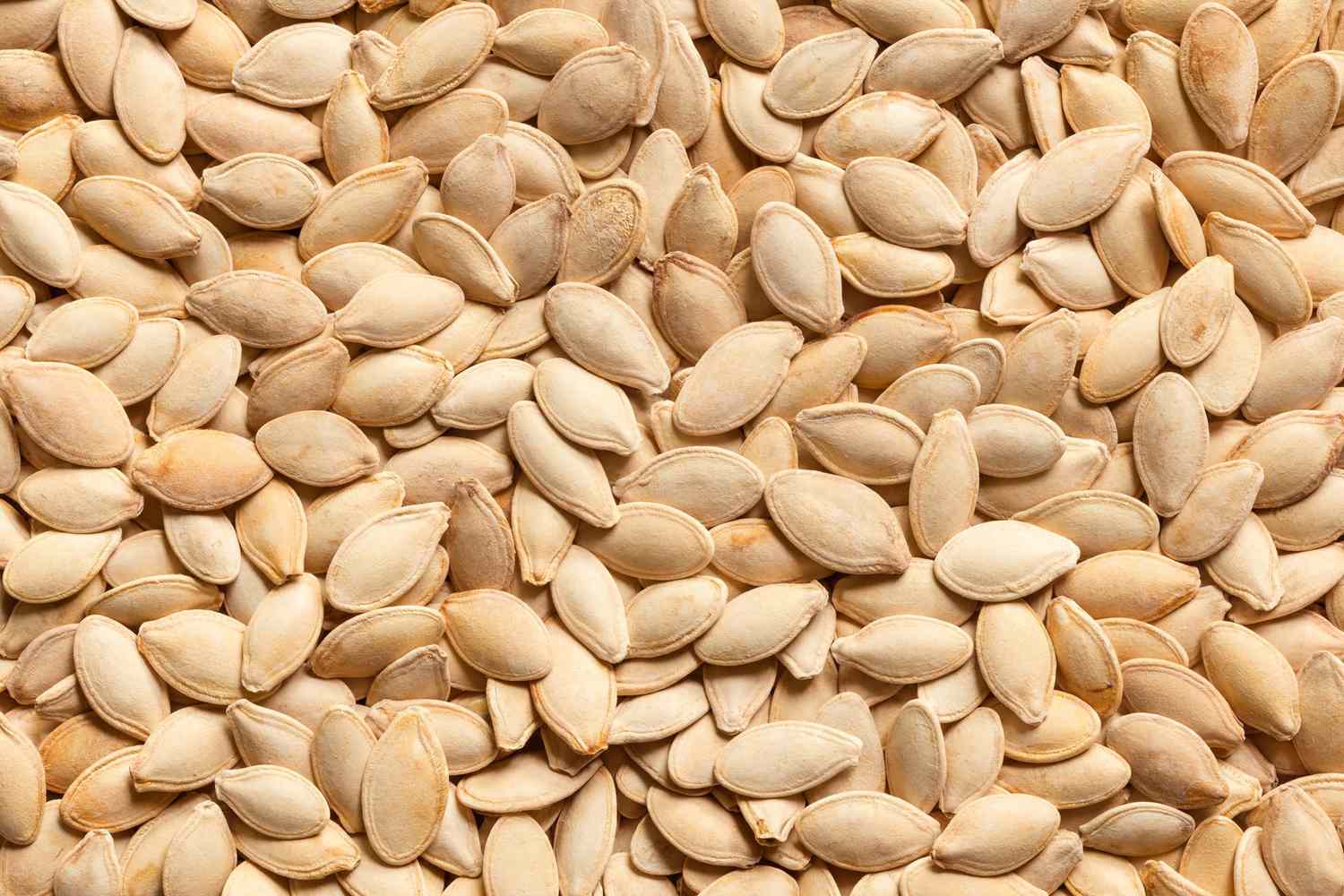
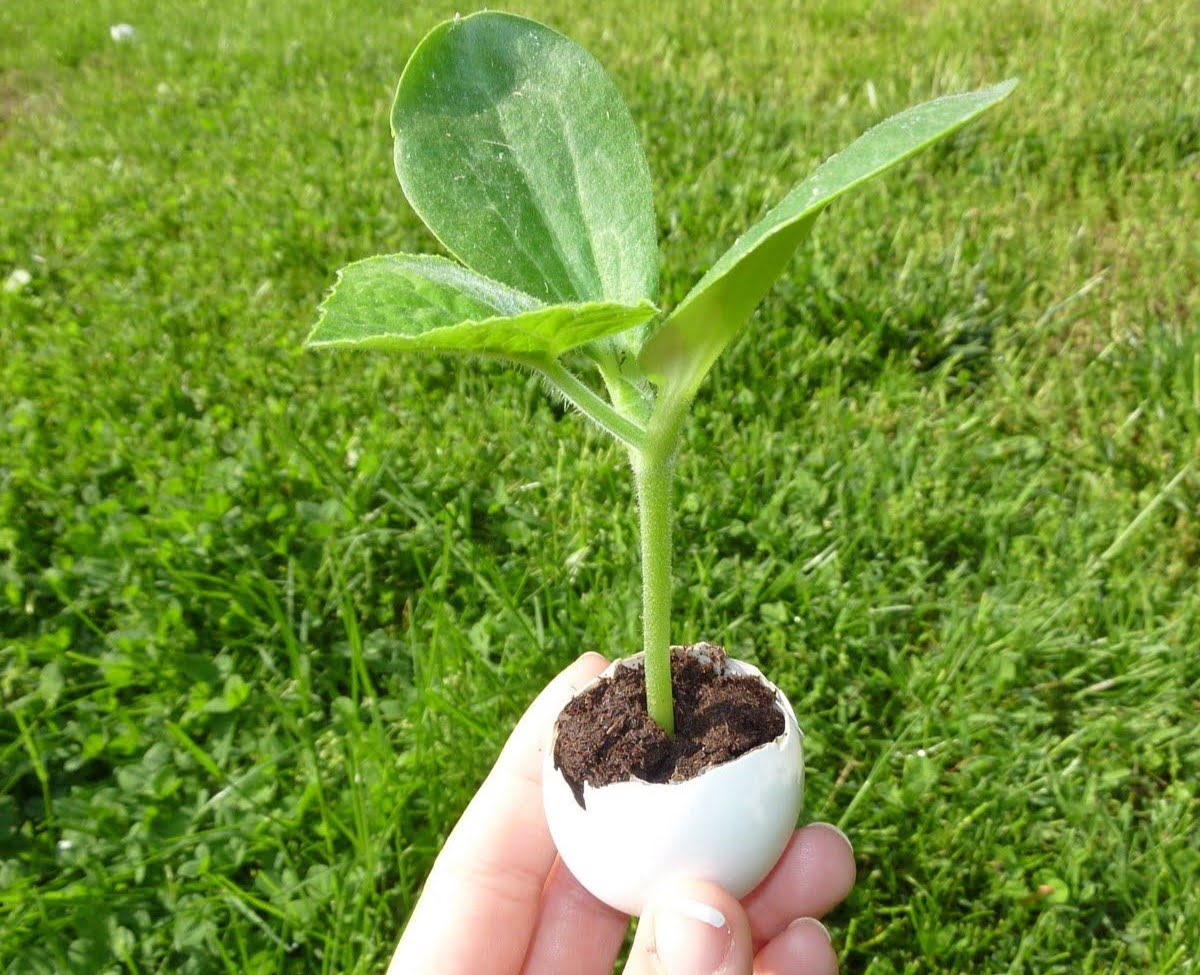
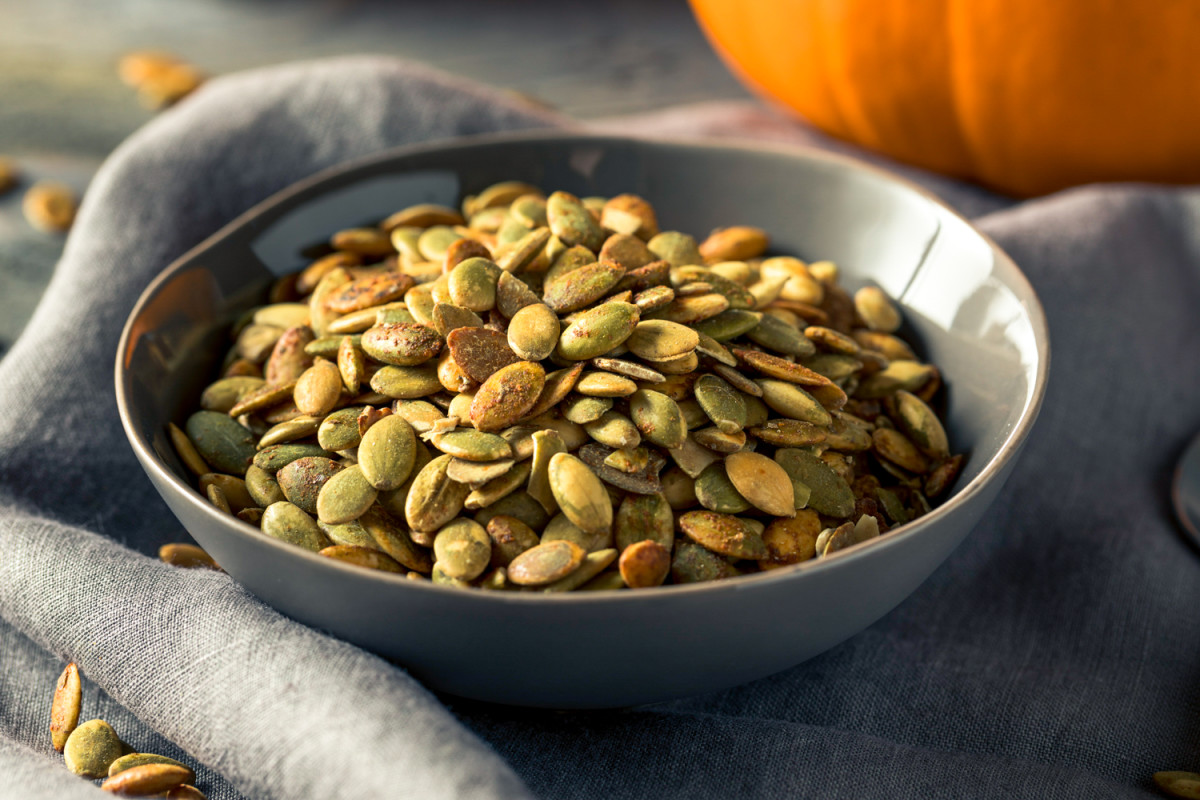
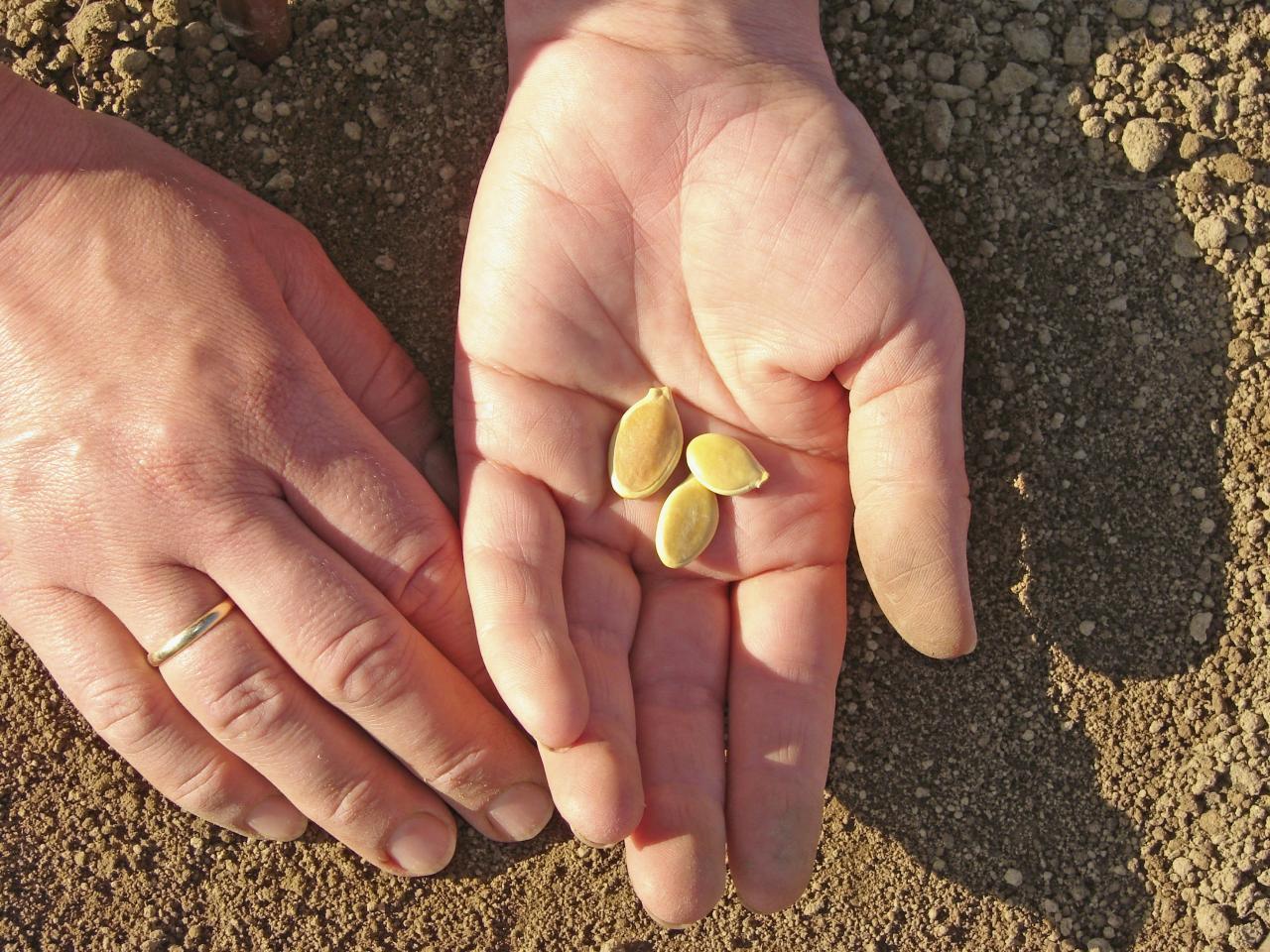
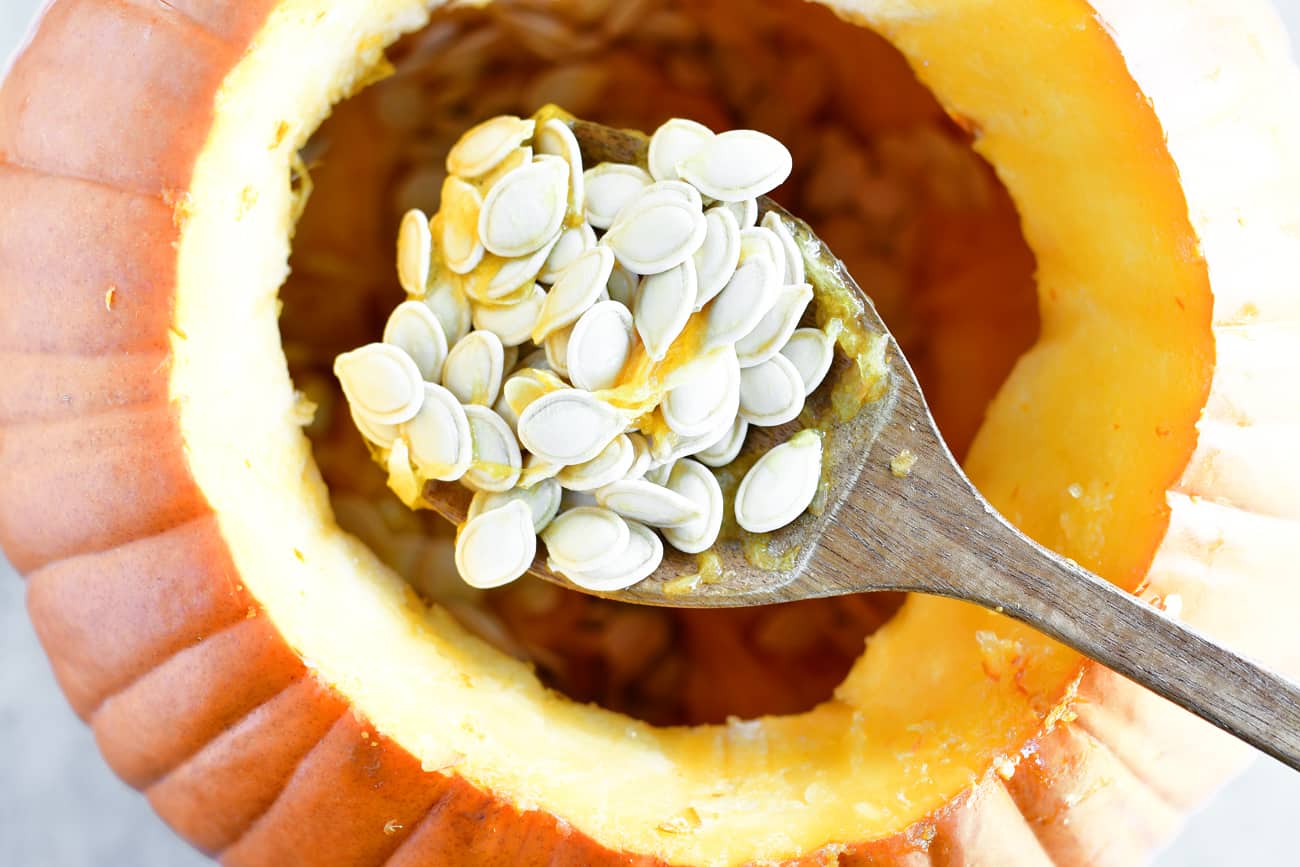
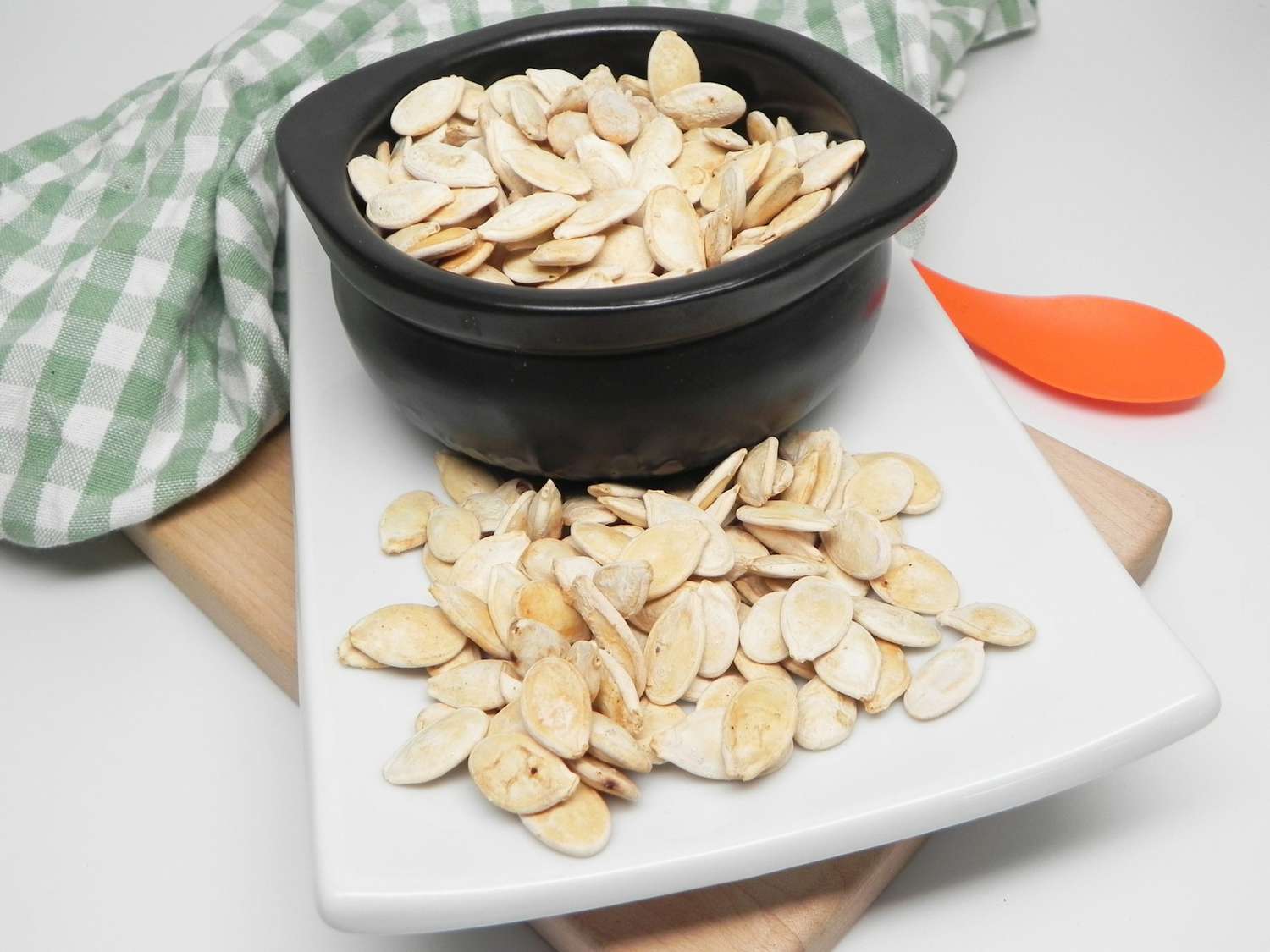

0 thoughts on “How Many Seeds Are In A Pumpkin”